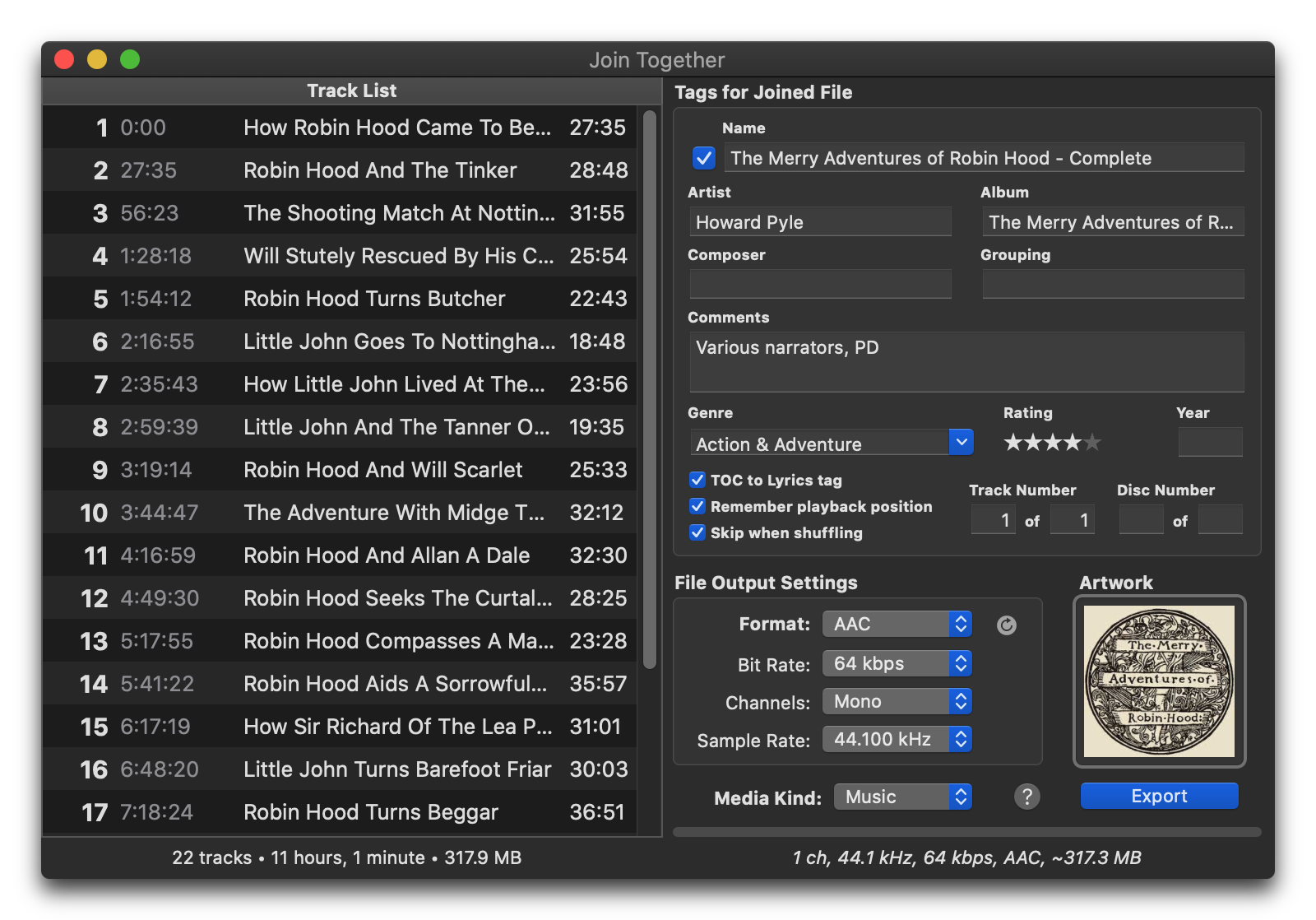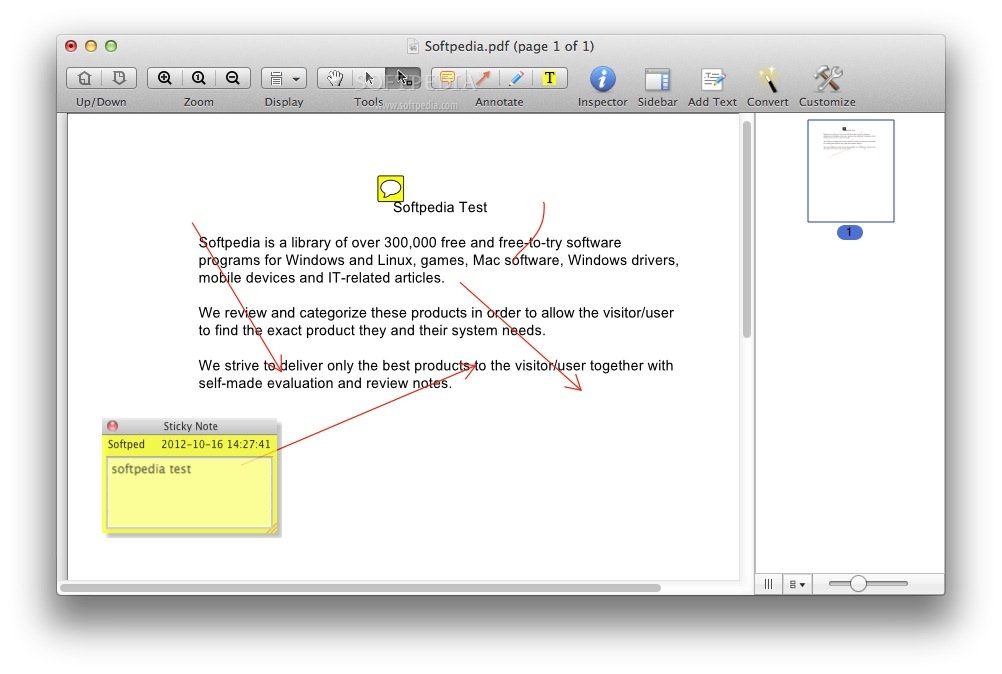
Leave a comment, below, reassuring everyone that this method actually works. You may, however, want to keep them for reasons best known to you. If you answered yes to #5, it’s safe to delete the files you kept as backup. Run the installer again and watch as it proceeds with installation. Hope I have been successful in complicating a simple process. The moving process might prompt you for password and involve two separate transactions – copying files to the target location and then deleting them from the source. In Finder, go to folder /System/Library/Frameworks/amework/Resources and move the files “ist” and “ist” to a safe place like the Desktop. If this step is successful, you shouldn’t have been reading this page in the first place. Run it and see if it lets you do the needful. You run it at your own risk.ĭownload the version you need to install on your machine from Apple’s site. Note: This method does not require Pacifist and/ or modification of the installation package in any other way.ĭisclaimer: This works on Mac OS X 10.3.9.

Neither option is particularly feasible.įor now, take this opportunity to test your Java applications on the latest incarnation of Java for Mac, and wait for the day when Apple makes the new version the default.If you’ve managed to screw up your existing Java installation on Mac OS X, or you’re looking to downgrade for reason(s) best know to you, here’s a nice and easy way of preventing Mac OS X from telling you it knows best ((The “installer cannot run on this machine because it does not have…” messages)).

In short, this means that if your Java application requires features of Java 5.0, then to run it on Mac OS X you’ll either need to bundle it as a Mac application and provide instructions for users who haven’t installed the update, or you’ll have to ask your users to modify the default Java version in use on their system. This first release of the new platform does not replace the default version of Java (1.4.2) on the system, but rather installs alongside it.īy default, therefore, Java 5.0 will only be used by Java programs bundled as Mac applications that contain an ist file that specify a JVMVersion of 1.5+ or 1.5*.Īlternatively, users may configure Java 5.0 to be the default version of Java on the system using the new Java Preferences utility included with the update.

You’ll need to first upgrade to Mac OS X 10.4 (Tiger) to get this–previous versions of the operating system need not apply.Īpple is taking a cautious approach to the rollout of Java 5.0 for Mac.

Also on the Java release front, Apple has finally released Java 5.0 for Mac OS X.


 0 kommentar(er)
0 kommentar(er)
